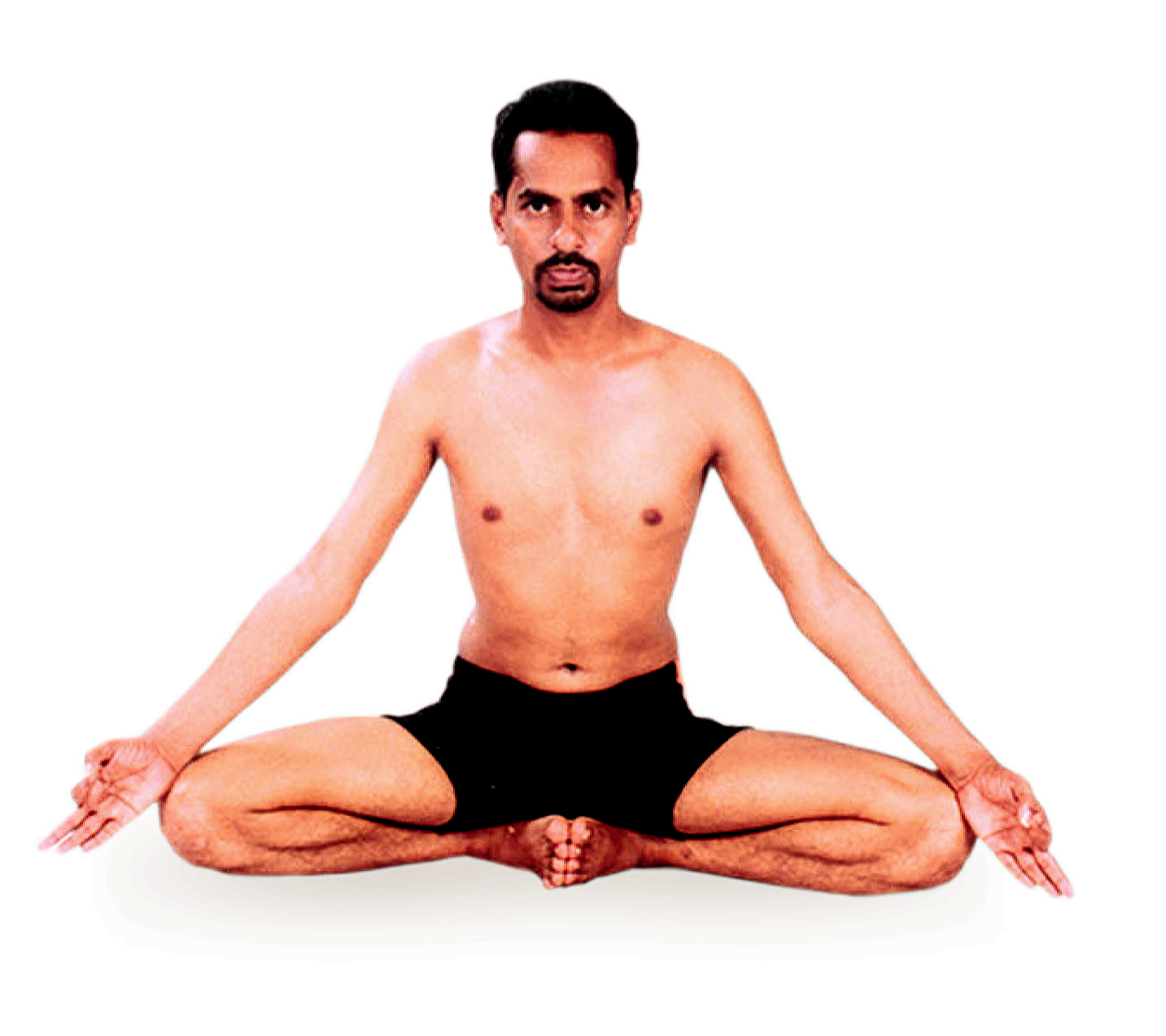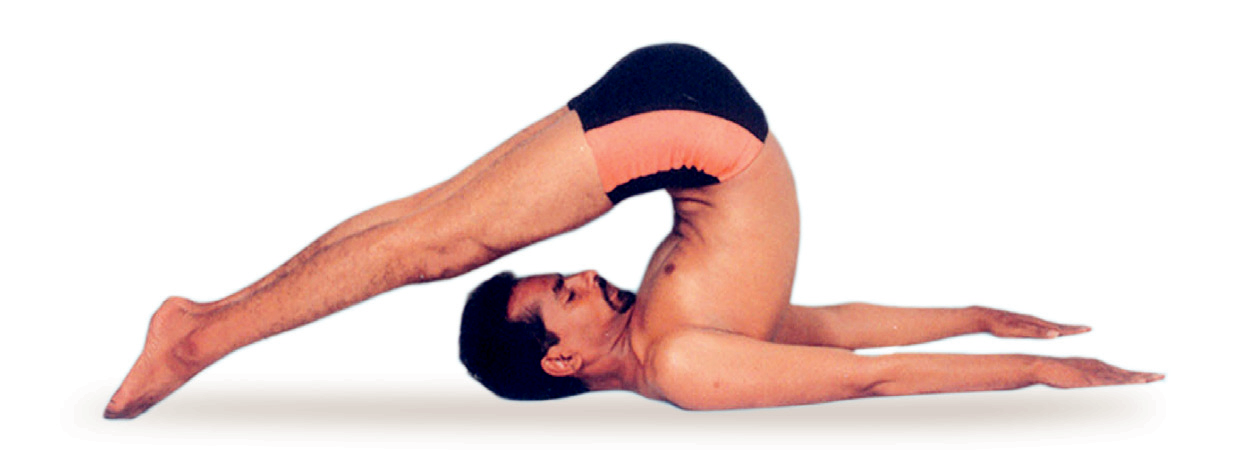Working on a laptop for too long! Consider these exercises
The jobs that many people have today require sitting at a laptop computer for hours upon hours. Sitting at the computer for any length of time may have its financial rewards, but in many ways, it can be harmful to a person’s health.
So many people who work with a computer soon complain of experiencing pain in different areas of their bodies. What is lacking so often is fundamental exercise and stretching on a daily basis.
In this article, we will look at the various exercises and stretches that have been recommended to help computer users find relief.
Practicing the Right Posture Is Always Essential
Exercises can be done right at a person’s desk. Practicing the right posture is always essential. It is good to keep the back straight, with the shoulders back when sitting at the laptop, remember also that eyes are to always be on a level with the top of the computer monitor.
Wrists should be rested on the table and not on the keypad. Feet should be kept flat on the floor. These suggestions should relieve back and wrist issues.
Medical News Today have come up with these exercises designed to keep the body active and in shape:
1. “Run” in Place
Sitting or standing too long can lead to pain in the leg or calf and be harmful to a person’s general health. Simply “running” in place at the work desk can help to avoid leg pain.
Stationary running is recommended for periods of 45 seconds, followed by intervals of 15 seconds of rest. While seated, feet can be lifted up and down in a running-like mode. Arms can be “pumped” at the same time. This exercise will be beneficial to the heart.
2. Seated Leg Raises
Leg muscles can remain active and toned even while seated. One must use good posture in doing this exercise. With one leg extended and raised off the floor, move the leg up and down in a slow, controlled manner for 15-20 repetitions.
This exercise is quick, but it is an excellent way to build up leg strength. Any desk worker will begin to feel a rewarding soreness accompany the exercise as it is repeated, focusing on the other leg.
3. Heel Raises
One who is sitting at a desk for a long period of time, will naturally feel pain and tightness. A worker needs to stand up tall, lift their heels off of the floor as high as they can until they are on the balls of their feet.
Medical Daily writers advise to do this exercise slow and proceed until one set of 20 to 30 repetitions with both legs are completed. Heel raises do a lot to help strengthen the calf muscles.
Premier Orthopaedics out of West Chester, Pennsylvania, offers exercises to protect the wrists. Premier notes that wrist issues can surface after a person works long hours at a laptop computer.
Here are two simple exercises to help the wrists while using a computer and lower the risk of pain.
— Hold arms straight out in front of the body with wrists in a limp manner. While having the arms still, raise the wrists so the fingers point at the ceiling. Finally, then move the wrists down more so the fingers are pointing downward. Do this ten times.
— Open both hands and stretch the fingers out, then close them and make a fist. Do this over and over 20 times, this for 20 minutes.
Stretching
Stretching is important. According to Dr. Hinz, the act of stretching provides loads of wonderful benefits to the body. Stretching requires only a small amount of time to practice each day.
There are five recommended stretches such as the cat-cow, the Superman, pelvic tilts, the standing hamstring stretch and the lying spinal twist.
The cat-cow stretch is done to warm up the spine. It is a way of stimulating the kidneys and other internal organs. This stretch also helps improve both balance and posture.
The Superman stretch helps in improving the body’s balance while working on core muscles. The core muscles are essential to good posture. Doing the cat-cow stretch daily also strengthens alignment of the body.
The pelvic tilts stretch is a means to strengthen the lower part of the back while improving flexibility, and the standing hamstring stretch keys in on one of the critical muscle areas in the body.
The lying spinal twist is a way of releasing tension in the lower portion of the spine. This stretch can also aid the digestive system.
Author’s Bio Dr. Peter Hinz advocates for all components of living a healthy life from the inside out. He is an Eagle Scout, a CrossFit athlete, and is also certified as a CrossFit level 1 coach. His passion for healthy living and natural care has been shared during time serving the community abroad in Vietnam, as well as for the past six years here in Franklin as a chiropractor at Cool Springs Chiropractic.









